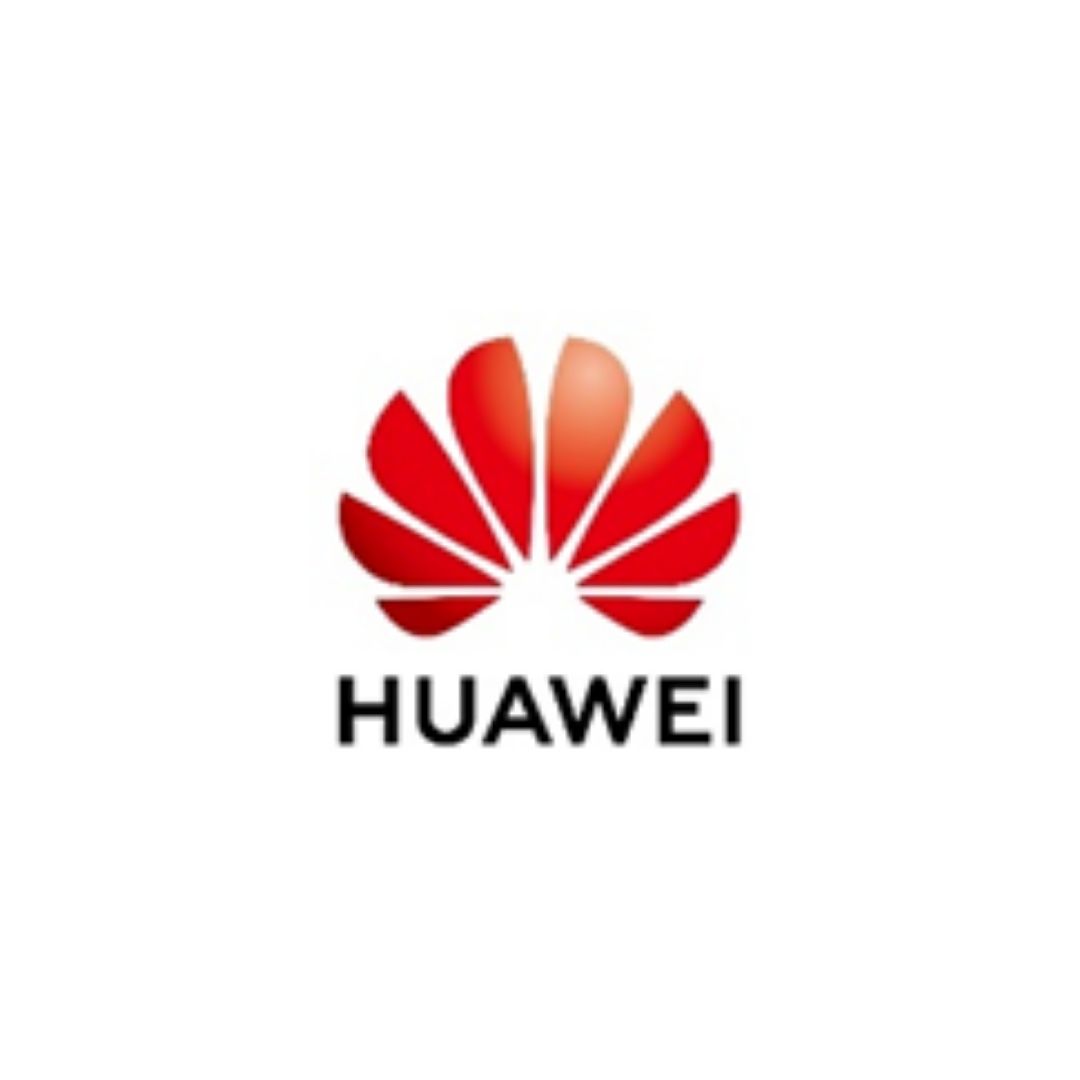Hong Kong continues to be the world’s most “connected” population in 2016
The new GfK Connected Consumer Index is a ranking of 78 countries and eight world regions that provides fast and direct comparison of how highly connected each population is.
The index shows which countries have the world’s most connected consumers, both overall and in detail across each of eleven different device types (smartphone, tablet, mobile PC, desktop PC, wearables, smart TV, TV set-top box, videogame console, e-reader, connected car and smart home), together with trends over the last five years.
It allows businesses to compare how connected the individual countries and regions are, in order to spot market opportunities across a range of industries. This includes areas stretching from digiital device sales and content consumption to expansion of traditional technology into health and media and beyond.
Top ten most “connected” populations in the world
Looking at the GfK Connected Consumer Index ranking for the last two years, Hong Kong and North America (USA, Canada and Mexico) hold steady as having the world’s top two most highly connected populations.
However, people in the United Arab Emirates are fast closing in on that lead, jumping from eighth place in 2015 to a forecasted third place this year. Similarly, Switzerland has overtaken Denmark and Sweden to move up from tenth place last year to a forecasted eighth place this year.
GfK Connected Consumer Index |
|
|
||
2015 ranking |
2016 ranking |
|
Index score 2015 |
Index score 2016 |
1 |
1 |
Hong Kong |
1,430 |
1,486 |
2 |
2 |
North America |
952 |
1,062 |
8 |
3 |
UAE |
829 |
995 |
3 |
4 |
Norway |
939 |
988 |
4 |
5 |
Germany |
873 |
940 |
6 |
6 |
Saudi Arabia |
836 |
935 |
5 |
7 |
Great Britain |
856 |
916 |
10 |
8 |
Switzerland |
801 |
914 |
7 |
9 |
Denmark |
835 |
906 |
9 |
10 |
Sweden |
807 |
875 |









